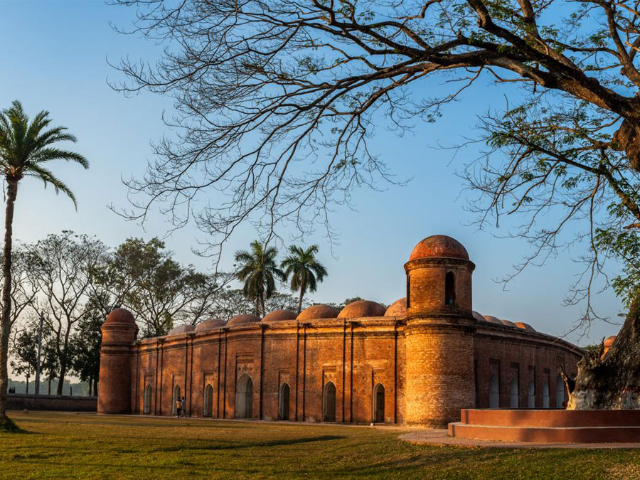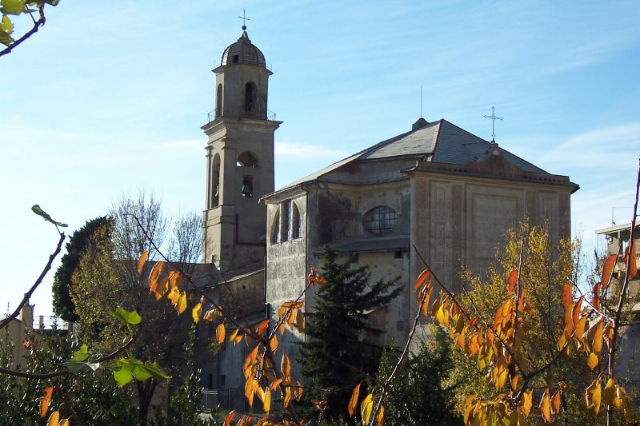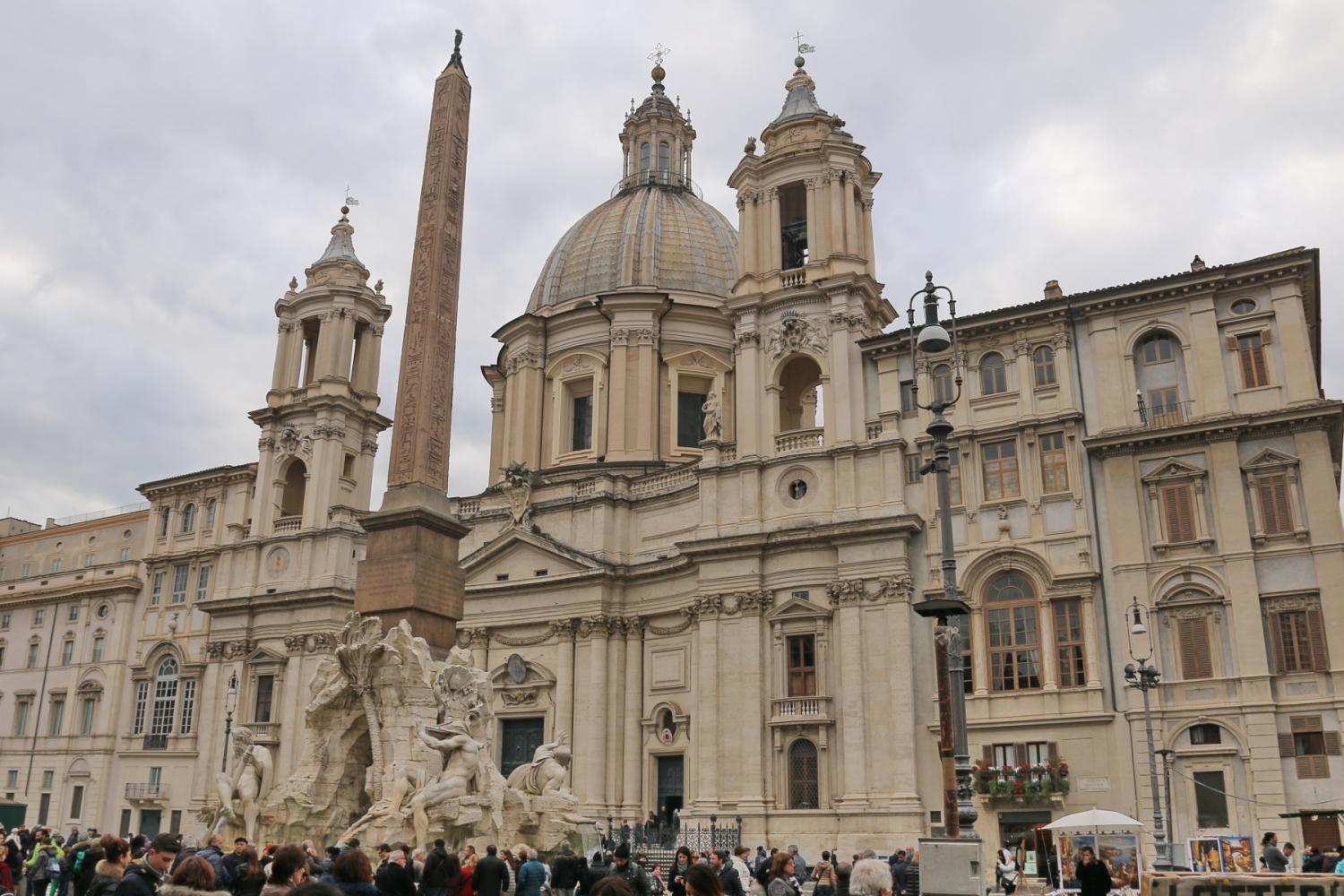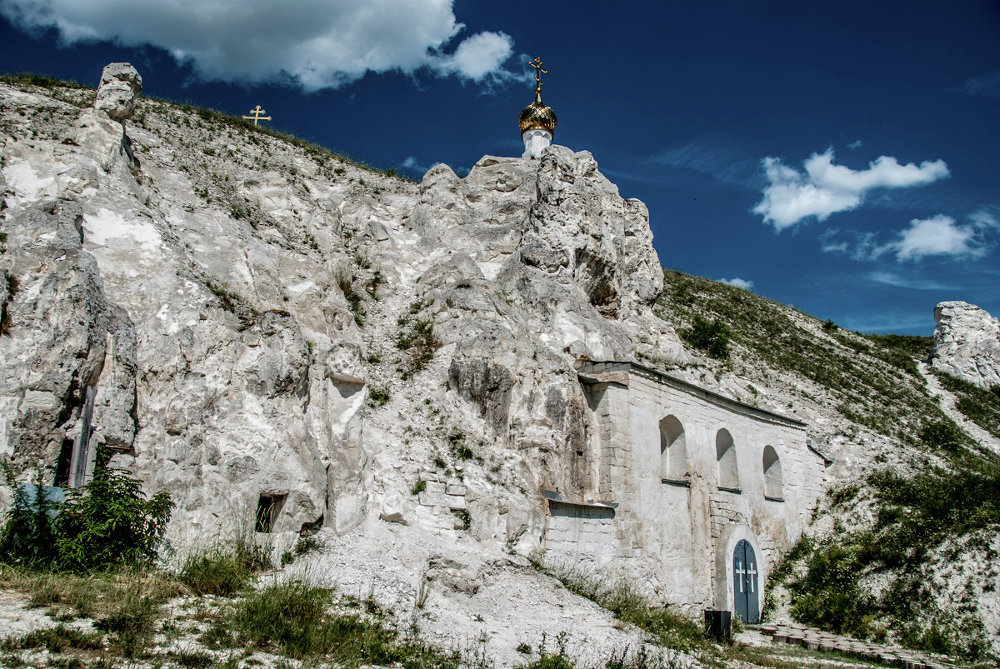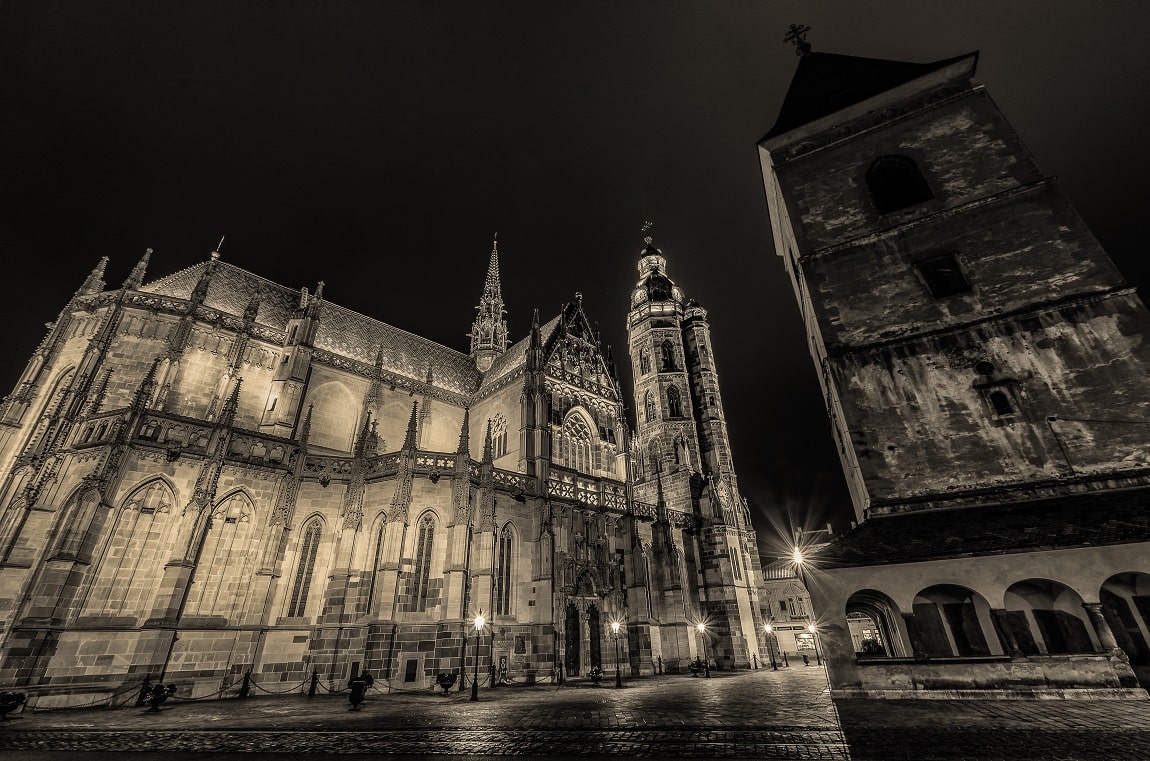The Shatt-Gumbad Mosque in Bagerhat, Bangladesh, stands as a majestic representation of Islamic architecture and heritage. Founded in the mid-15th century by the saint-general Ulugh Khan Jahan, this mosque is a part of a Muslim colony established in the Sundarbans’ mangrove forests near the sea coast. Ulugh Khan Jahan, an eminent figure in the spread of Islam in southern Bangladesh, was instrumental in developing the affluent city of ‘Khalifatabad’ (now known as Bagerhat) during the reign of Sultan Nasiruddin Mahmud Shah (1442-59).
Architectural Splendor The Shait-Gumbuj Masjid, or the Shatt-Gumbad Mosque, measuring an impressive 160 feet by 108 feet, is the most imposing and largest multidomed mosque in Bangladesh. The grandeur of the mosque is enhanced by its location on the eastern bank of a vast sweet-water tank, amidst the dense foliage characteristic of a sea-coast landscape.
Unique Roof Structure The mosque is renowned for its roof, adorned with 77 squat domes, including 7 chauchala or four-sided pitched Bengali domes in the middle row. This distinctive roofing technique not only adds to the mosque’s aesthetic appeal but also showcases the architectural ingenuity of the era.
Interior Design Despite being equipped with 11 arched doorways on the east and 7 each on the north and south sides for ventilation and light, the vast prayer hall presents a dark and somber interior. The hall is divided into 7 longitudinal aisles and 11 deep bays by a series of slender stone columns. These columns support rows of endless arches that, in turn, hold up the domes, creating a mesmerizing pattern of geometric precision.
Influence of Tughlaq Architecture The mosque’s six feet thick, slightly tapering walls and hollow, round, almost detached corner towers resembling fortress bastions are reminiscent of the Tughlaq architecture of Delhi. Each of these towers is capped with small rounded cupolas, adding a defensive and robust characteristic to the mosque’s design.
Reflection of Its Creator The Shatt-Gumbad Mosque’s overall appearance, marked by its stark simplicity yet massive and robust character, mirrors the strength and simplicity of its builder, Khan Jahan. The mosque is not just a place of worship but a symbol of the historical and cultural legacy of Islamic architecture in Bangladesh.
Khan Jahan’s Legacy Khan Jahan adorned Khalifatabad with numerous mosques, tanks, roads, and public buildings. The spectacular ruins of these structures, with the Shatt-Gumbad Mosque as their centerpiece, provide a window into the architectural and cultural accomplishments of the time.
Today, the Shatt-Gumbad Mosque stands as a significant historical site, attracting visitors and scholars worldwide who are interested in Islamic history and architecture. Its enduring beauty and historical importance make it a crucial part of Bangladesh’s cultural heritage.

